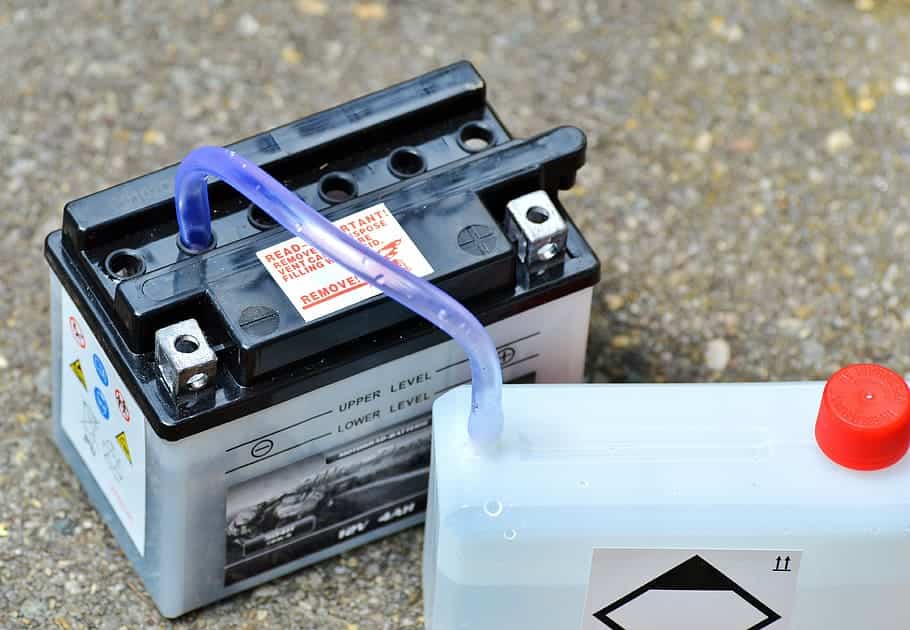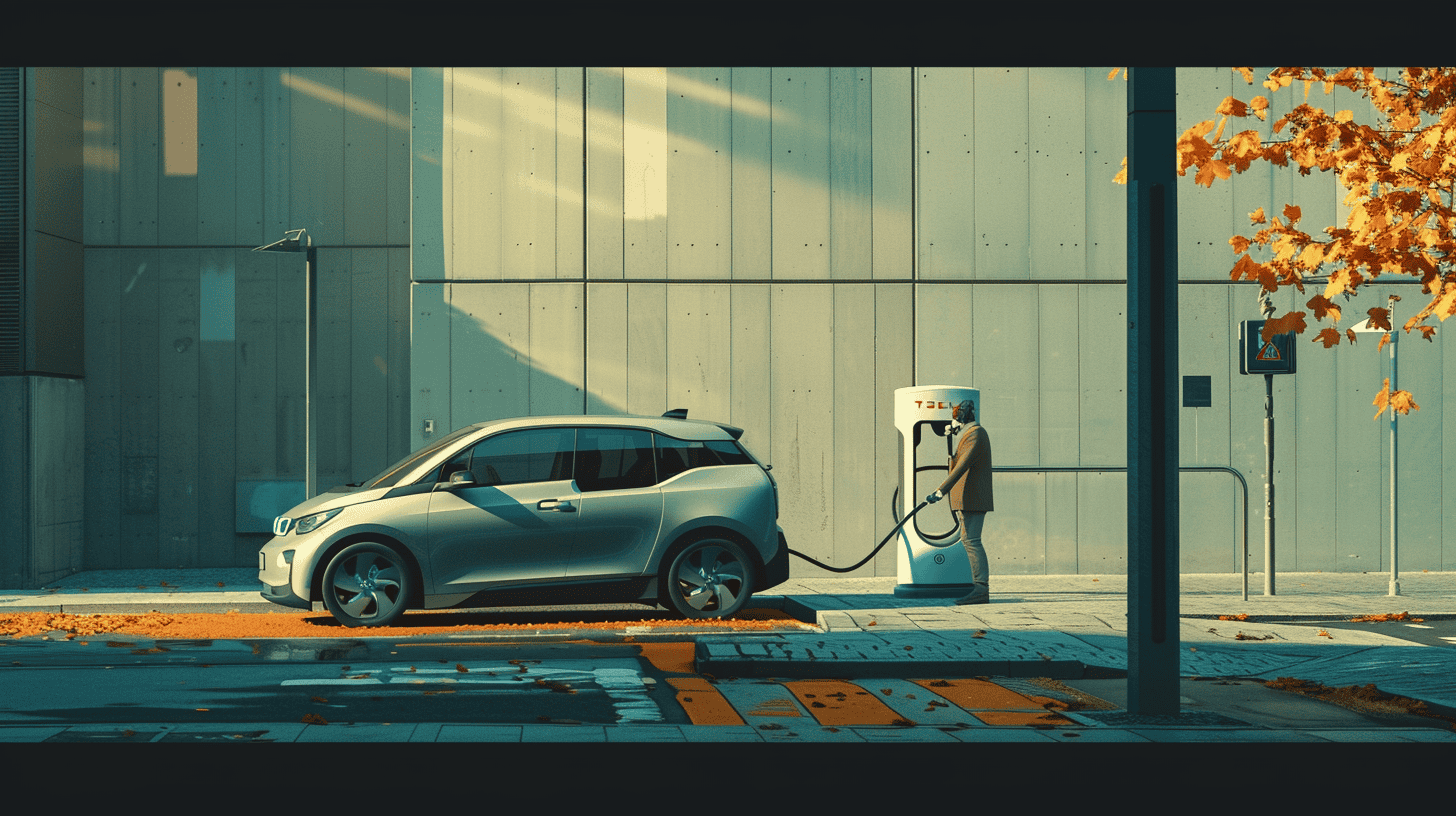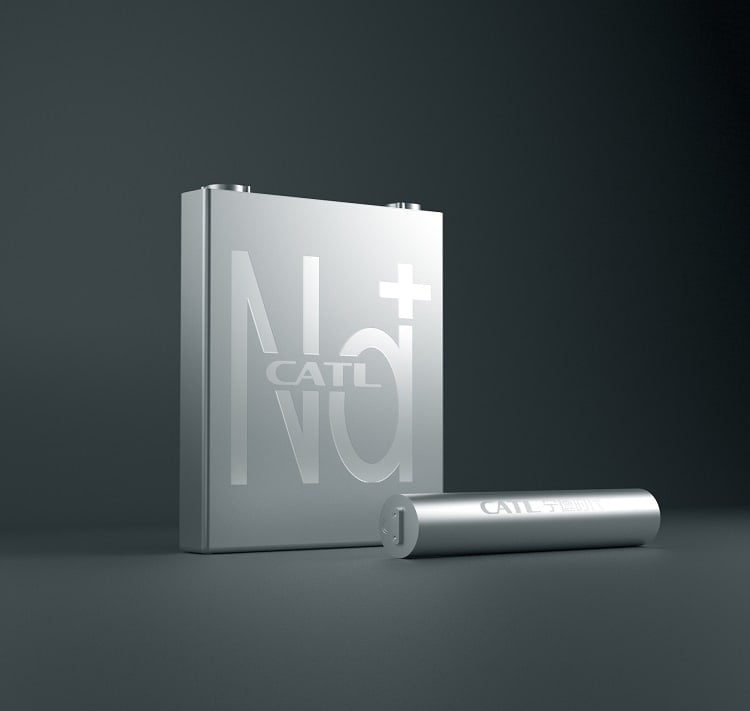
Lead-acid batteries, known for their traditional use in cars, have seen a resurgence due to their low cost, availability, and recent innovations. These batteries are now used for sustainable energy solutions, integrating renewable energy sources, and supporting decentralised power grids. Notable advancements include valve-regulated lead acid batteries, deep-cycle designs, and smart charging methods. They’re used in diverse sectors, such as industrial applications and rural electrification, while researchers strive for further improvements. Despite challenges like limited energy density and safety concerns, they offer cost-effectiveness with a positive return on investment.
- Lead-acid batteries are emerging as key players in sustainable energy solutions due to their versatility and cost-effectiveness.
- Recent innovations have made them more efficient, adaptable, and safe for use across various applications such as industrial operations, rural electrification and grid stability.
- The market demand is expected to grow substantially over the next decade, driving further research and development into improving their performance while maintaining safety standards.
A green energy revolution
The green energy revolution has seen a surprising player re-emerge on the field – the humble lead-acid battery. Once considered a dated technology, these batteries are now playing a pivotal role in driving sustainable energy solutions, powering a greener future. Their newfound roles include integrating renewable energy sources, storing energy for intermittent sources, and supporting decentralised power grids.
The lead-acid battery technology has received a boost from several significant advancements. Innovations such as valve-regulated lead acid (VRLA) batteries, deep-cycle designs, and smart charging methods have made these batteries more efficient and adaptable. These technological strides have expanded the scope of their applications, with their use now extending beyond just automotive applications to sectors such as industrial operations, rural electrification, and grid stability.
Driving Innovation and Research
The renewed interest in lead-acid batteries has sparked a flurry of research activity aimed at making them more efficient and versatile. Researchers are exploring advanced electrode designs, new electrolyte compositions, and are even looking at the integration of artificial intelligence and internet of things (IoT) for battery optimization. This is leading to a continuous refinement of the technology, enhancing its performance and usability.
That’s not to say that this renewed interest in lead-acid batteries doesn’t face challenges. Compared to other battery types, the energy density of lead-acid batteries is limited. There are also safety concerns due to the presence of lead and sulfuric acid. However, these challenges are being addressed through continuous innovation and stringent safety protocols.
Reviving old players
Lead-acid batteries are making a comeback, not just in the energy sector, but also in various other applications. For instance, they’ve been used in naval weapons systems for a long time due to their reliability, economy, and eco-friendly nature. The demands of modern naval systems for improved range, speed, endurance, sensitivity, and accuracy have driven improvements in lead-acid battery technology.

Additionally, the use of lead-crystal and carbon foam batteries has led to a significant performance increase for lead-acid batteries. These innovations address issues such as weight, corrosion, poor thermal stability, and electrolyte diffusion. Lead-crystal batteries, which contain 5% sulfuric acid and 95% silicon dioxide, can deliver over 2,500 cycles of service, while carbon foam batteries can deliver over 3,500 cycles at 50% depth of discharge.
Looking to the future
The future prospects for lead-acid batteries include ongoing innovations, growth predictions, and market outlook. With the global lead battery market predicted to grow by 61,000 MWh between 2025 and 2031, the demand for these batteries is only set to increase. Lead batteries also play a crucial role in the electrification of the transport sector, from start-stop technology to powering onboard electronics in hybrid and electric vehicles.
Further research and development are encouraged, as the demand for energy storage rapidly increases. Projects are underway to utilize lead battery technology for backup power at electric vehicle charging stations. With their high safety value and recyclability, lead batteries are considered ideal for residential consumer markets. The Consortium for Battery Innovation aims to increase the cycle life of lead batteries, making them competitive with lithium-ion batteries.







